Furnished studio for sale in a complex in the town of Pomorie
Price: 20 995 €
Property detailsRef. №: 2828
Map of the area
Similar proposals
Furnished studio for sale close to the beach in the resort Sunny Beach
Studio | area : 32.00 m²
22 000 €
Furnished studio for sale in a new residential building in the centre of the town Nessebar
Studio | area : 28.00 m²
22 500 €
Furnished spacious studio for sale close to the beach in the resort Sunny Beach
Studio | area : 41.94 m²
22 500 €
Furnished beachfront studio for sale in the resort Sveti Vlas
Studio | area : 40.00 m²
23 500 € Property detailsRef. №: 2828
Type of transaction
Property Type
Area 29.4 m²
Construction type Bricks Floor 1 from 7
Furniture Furniture
Region Burgas region
Populated location
Map of the area
|
||||||





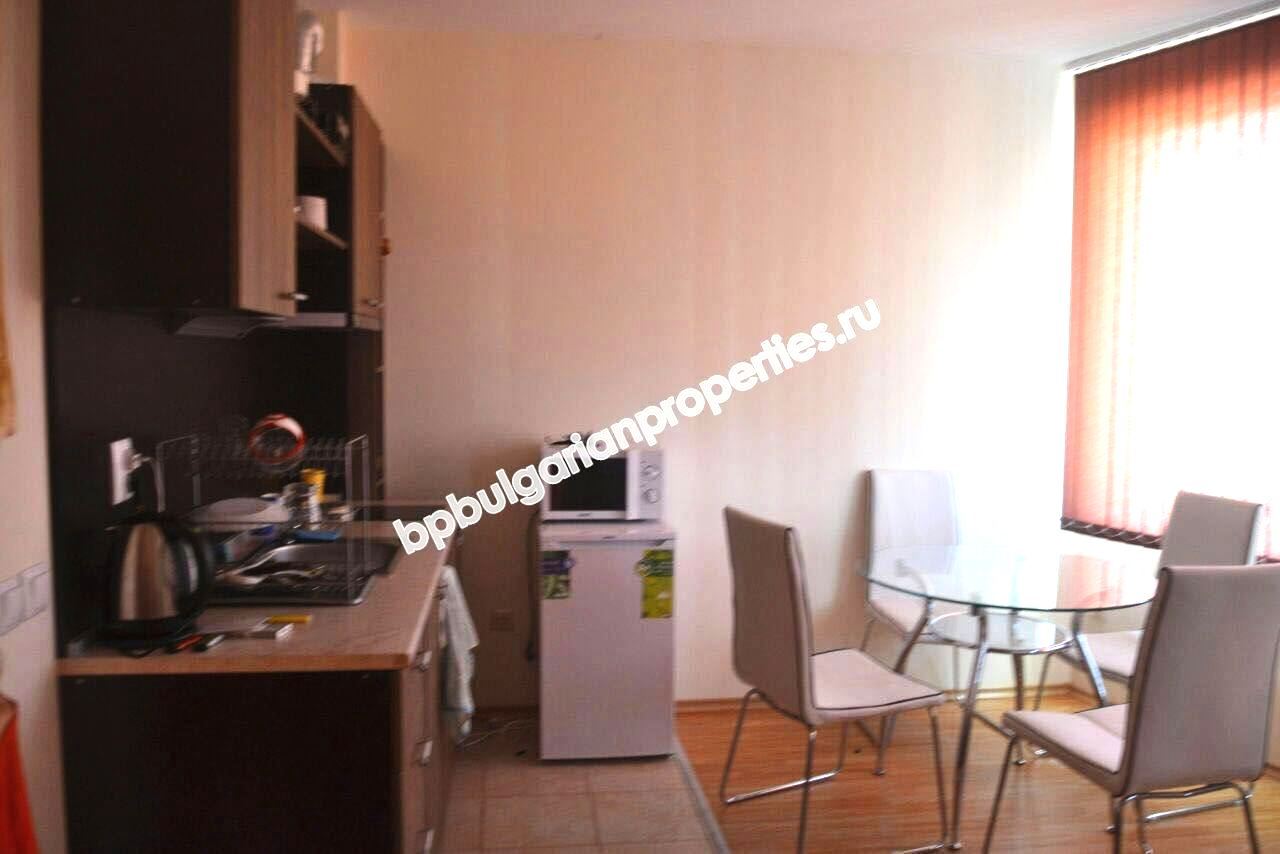
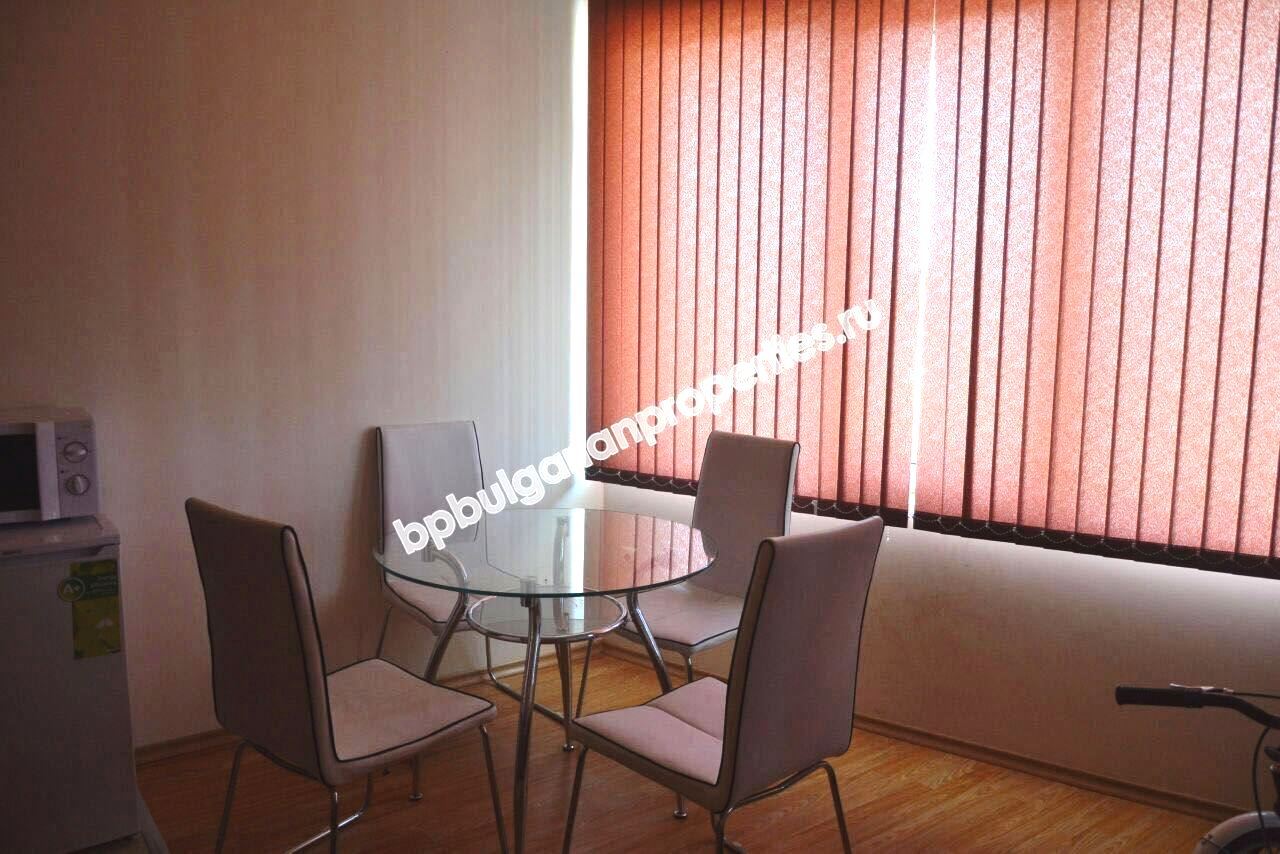
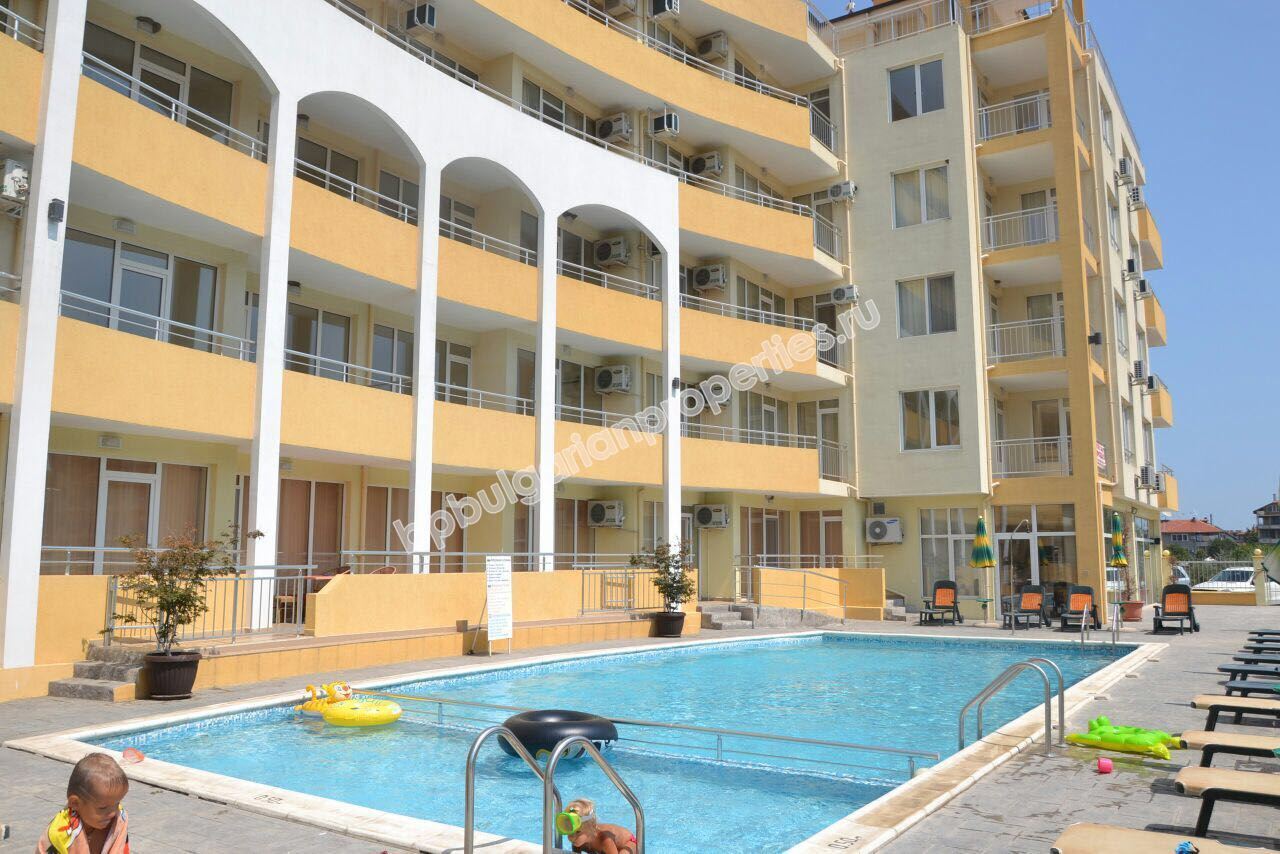
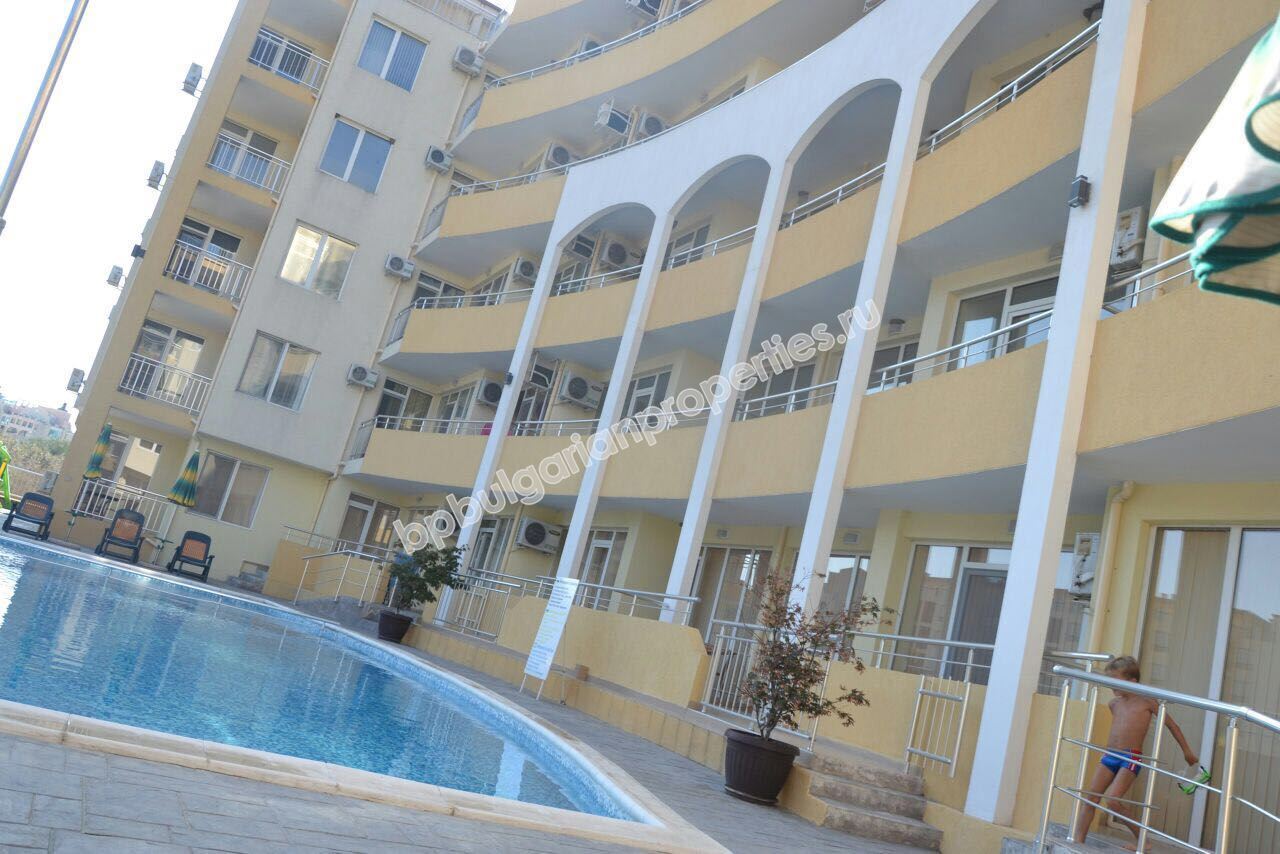
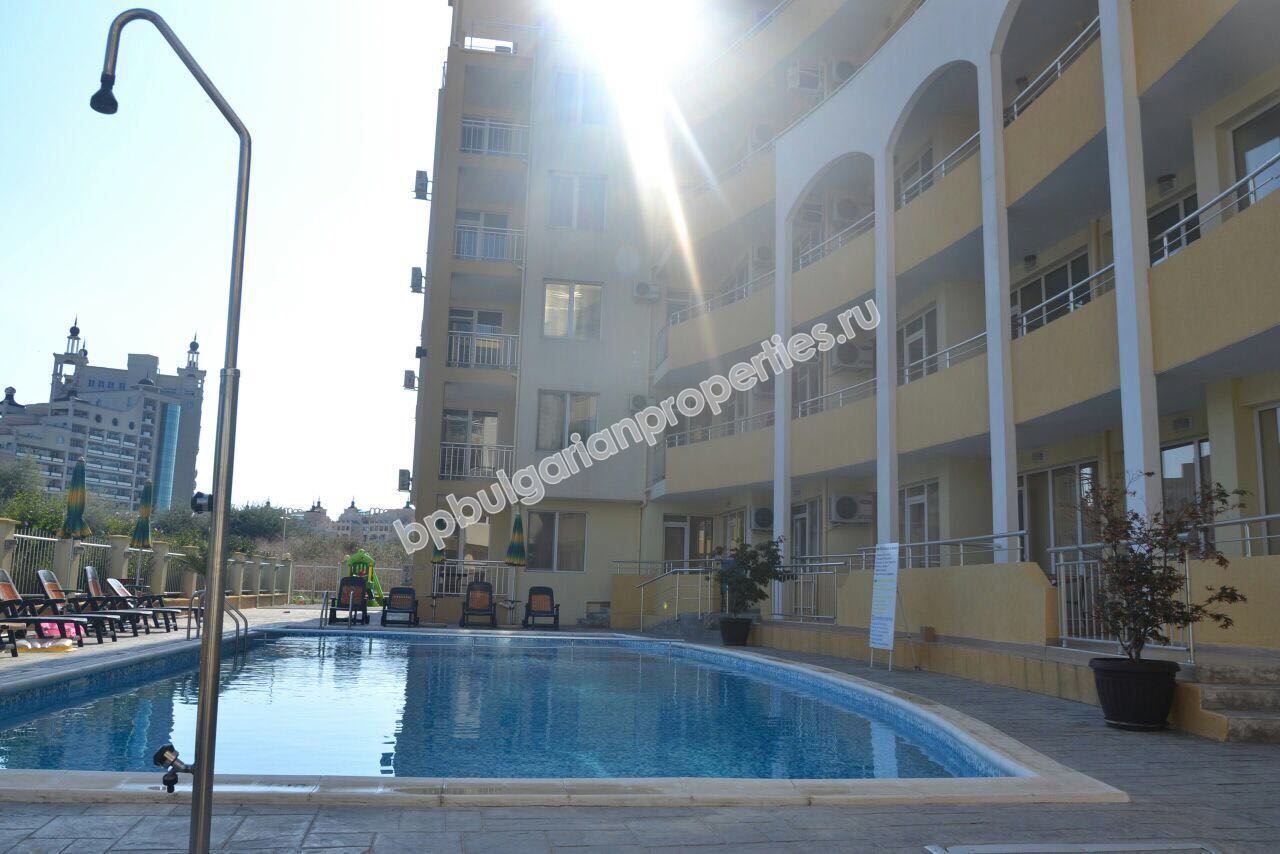






 +359 887 84 88 79
+359 887 84 88 79


